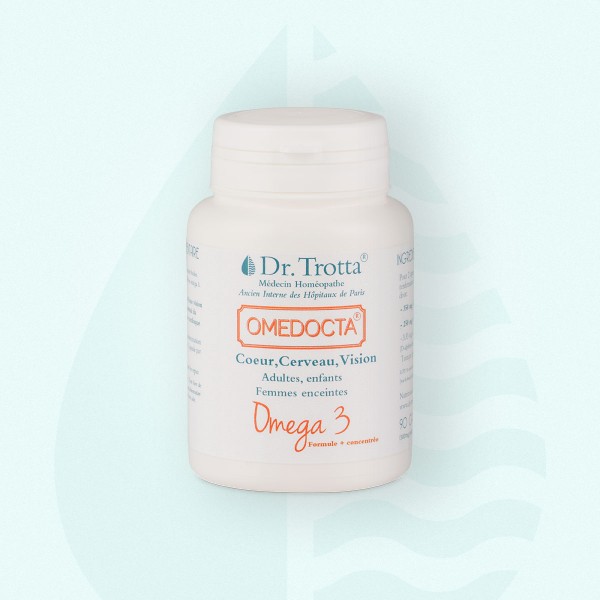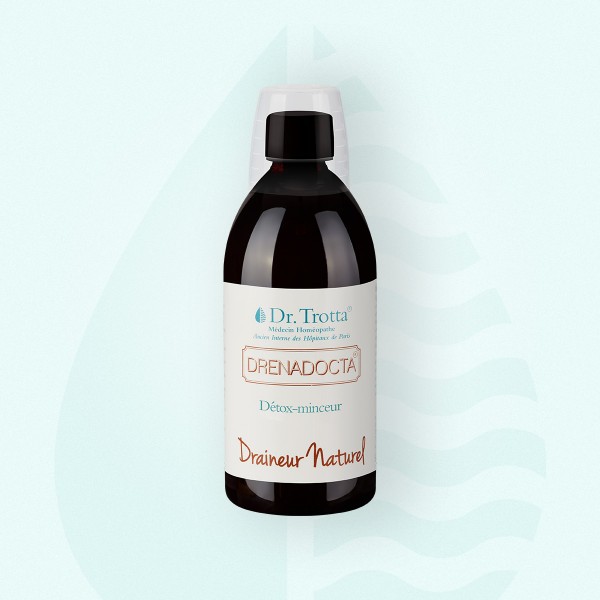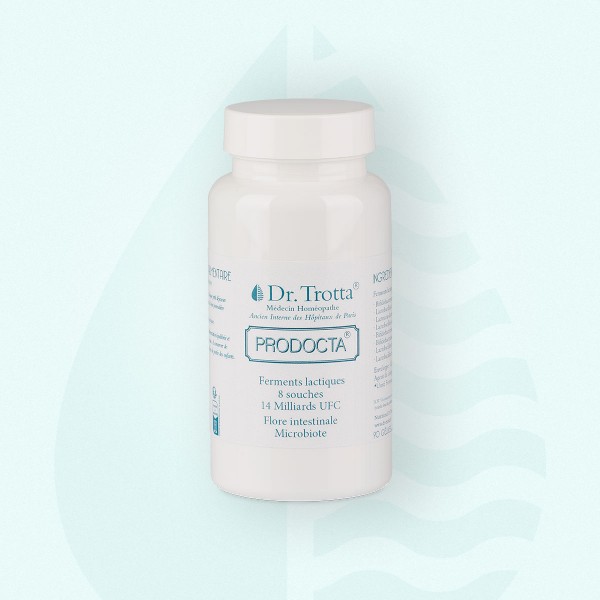Diabetes: the real natural treatment
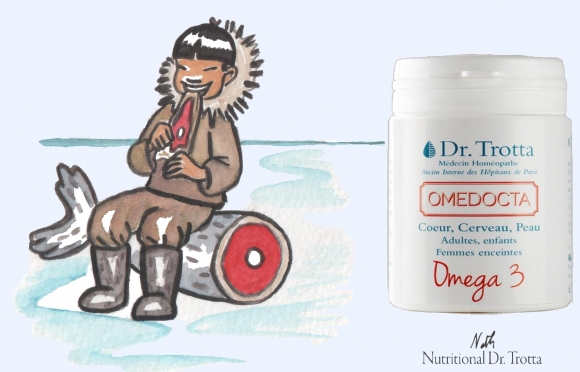
Here’s a picture of the number of injections a child or adult receive to treat their insulin-dependent diabetes.

The life of an insulin-dependent type 1 diabetic is terrible, as you can see from this shocking image with the number of injections received per month, but it’s the same with the number of drugs taken every day to treat type 2 diabetes.
There are two types of diabetes:
Juvenile type I diabetes is more genetic and requires rapid insulin treatment.
Type II diabetes, also known as mature-onset diabetes, occurs between the ages of 40 and 50, and is mainly due to nutritional errors or favored by medication.
This article is mainly concerned with adult-onset type II diabetes, but also applies to type I diabetes, as following these tips will only stabilize it and often allow insulin doses to be lowered.
“Doctor I’ve been told I have type II diabetes and have to take medication for life. Is this true and isn’t there another solution?”
First of all, you need to know what your blood sugar level is, because the drug industry tends to create pathologies such as pre-diabetes with a blood sugar level of between 08-1.2g/l, which is not at all dangerous to health.
So if you have a blood sugar level above 1.2 g/l and a glycosylated hemoglobin A1C level above 6: yes, you have diabetes, and it needs to be treated.
Can diabetes be treated without medication?
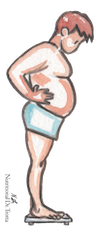 Of course!
Of course!
The first step is to correct the main nutritional errors that cause diabetes.
Eliminate white and brown sugar from your diet.
Sugar is a modern-day poison whose addictive effects on the brain are equivalent to those of cocaine!
So cut out all industrial foods: most industrial foods are made with white sugar, white salt and palm oil. No soft drinks either.
Eliminate all carbohydrates that raise your blood sugar too quickly and end up exhausting your pancreas: white bread, white rice, white pasta – in short, all refined cereals. Replace them with wholegrain cereals and legumes, which have a much lower, slower glycemic index.
If you’re overweight, be sure to follow my tried-and-tested slimming tips, which have helped many of my patients lose weight.
“I heard you say in one of your lectures that diabetes could have its origins in the imbalance of our dietary fats. Can you explain that to me?”
You’re absolutely right to insist on this, as it’s a point that is totally overlooked and often neglected in the treatment of diabetes.
Of course, diabetes is due to an excess of rapidly assimilated sugar, but it’s also due to an imbalance in our dietary fat intake, an imbalance that becomes all the more marked the closer we get to the North American diet.
To put it simply – because it’s very well explained in my book “Living Food, the First Medicine”: to avoid diabetes and most modern diseases, you need a balanced intake of pro-inflammatory fats (omega 6) and anti-inflammatory fats (omega 3).
In the USA, the ratio is 20:1, leading to widespread chronic micro-inflammation, obesity and diabetes. In Japan, the ratio is ideally around 1, with an extremely low incidence of heart attacks, obesity and diabetes.
In Europe, the ratio is intermediate, around 10. The ratio is higher in northern Europe, where cow’s milk is richer in omega 6, than in southern Europe, where olives or duck are grown (neutral fats or omega 9).
The good fats are called omega3 and are found in walnuts, sardines, mackerel, herring (known as the little blue fish) and extra-virgin first cold-pressed rapeseed or linseed oil.
These good omega3 fats promote the effectiveness of insulin, which helps to get sugar into the cells, and therefore reduce diabetes.
“What is insulin resistance?”
Insulin resistance is at the root of many cases of maturity-onset diabetes.
The longer you consume sugar in your life, the more insulin your pancreas will have to secrete to get the sugar into your bloodstream, as blood sugar levels need to remain balanced. But little by little, the pancreas will become exhausted and secrete less insulin, and more importantly, this insulin will become less effective, so the sugar will accumulate in your blood.
Insulin resistance is the fact that this insulin becomes less effective, and cells are less receptive to its effect.
And that’s where it gets interesting: these good omega3 fats increase the effectiveness of insulin and its effect on the cells: thanks to these good fats, the sugar level in your blood will drop.
“So Doctor there’s no need to be afraid of fats?”
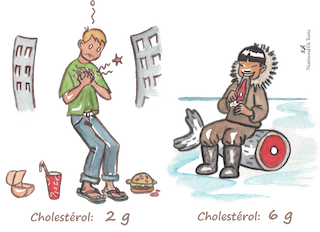 You’re absolutely right: over the last thirty years or so, a fad originating in the United States and promoted by the marketing of multinational drug companies has gradually instilled in us – through intensive and repeated hype – a fear of fat and fats, and in particular of the notorious cholesterol. Read my article on this subject (“Should we be afraid of cholesterol?”): you’ll learn a lot of interesting things about the cholesterol scam and lie. (“Corruption and credulity in medicine…”)
You’re absolutely right: over the last thirty years or so, a fad originating in the United States and promoted by the marketing of multinational drug companies has gradually instilled in us – through intensive and repeated hype – a fear of fat and fats, and in particular of the notorious cholesterol. Read my article on this subject (“Should we be afraid of cholesterol?”): you’ll learn a lot of interesting things about the cholesterol scam and lie. (“Corruption and credulity in medicine…”)
Don’t be afraid of cholesterol, but be afraid of sugar!
Anti-cholesterol drugs such as statins can cause or increase diabetes. Anti-inflammatory drugs and cortisone can also cause diabetes.
“So Doctor, what do you recommend to prevent diabetes or treat it as naturally as possible?”
Eliminate all sugars from your diet, as well as foods with a rapid glycemic index: refined cereals such as white bread, white rice, white pasta.
Replace sugar with honey or stevia. Absolutely avoid saccharin and aspartame, which are artificial and dangerous.
For your coffee, I advise you to avoid adding sugar: either add stevia or bite into a small square of 70% dark chocolate. Drink coffee or tea without sugar.
To do this, of course, you need to choose good coffee and tea, and avoid industrial coffees and teas.
Industrial tea bags are to be avoided, and there are now artisans everywhere who sell quality artisanal coffee or tea and who will be able to advise you.
Eat fruit that contains a natural sugar, fructose, which does not cause diabetes.
Eat 3-5 walnuts a day and small blue fish three times a week: sardines, mackerel, herring.
Avoid all drugs that promote diabetes: cholesterol-lowering statins, cortisone and the pill.
In any case, take as few drugs as possible, as they are the cause of many side effects and illnesses.
I have just written a book entitled “L’alimentation vivante la première médecine” (“Living food, the first medicine”) which gives a simple method for improving your health and avoiding the need for medication. And it’s a specialist doctor, trained for 12 years in this medicine of drugs, who’s telling you all this!
“Should you take supplements and which supplements should you take to prevent and treat diabetes?”
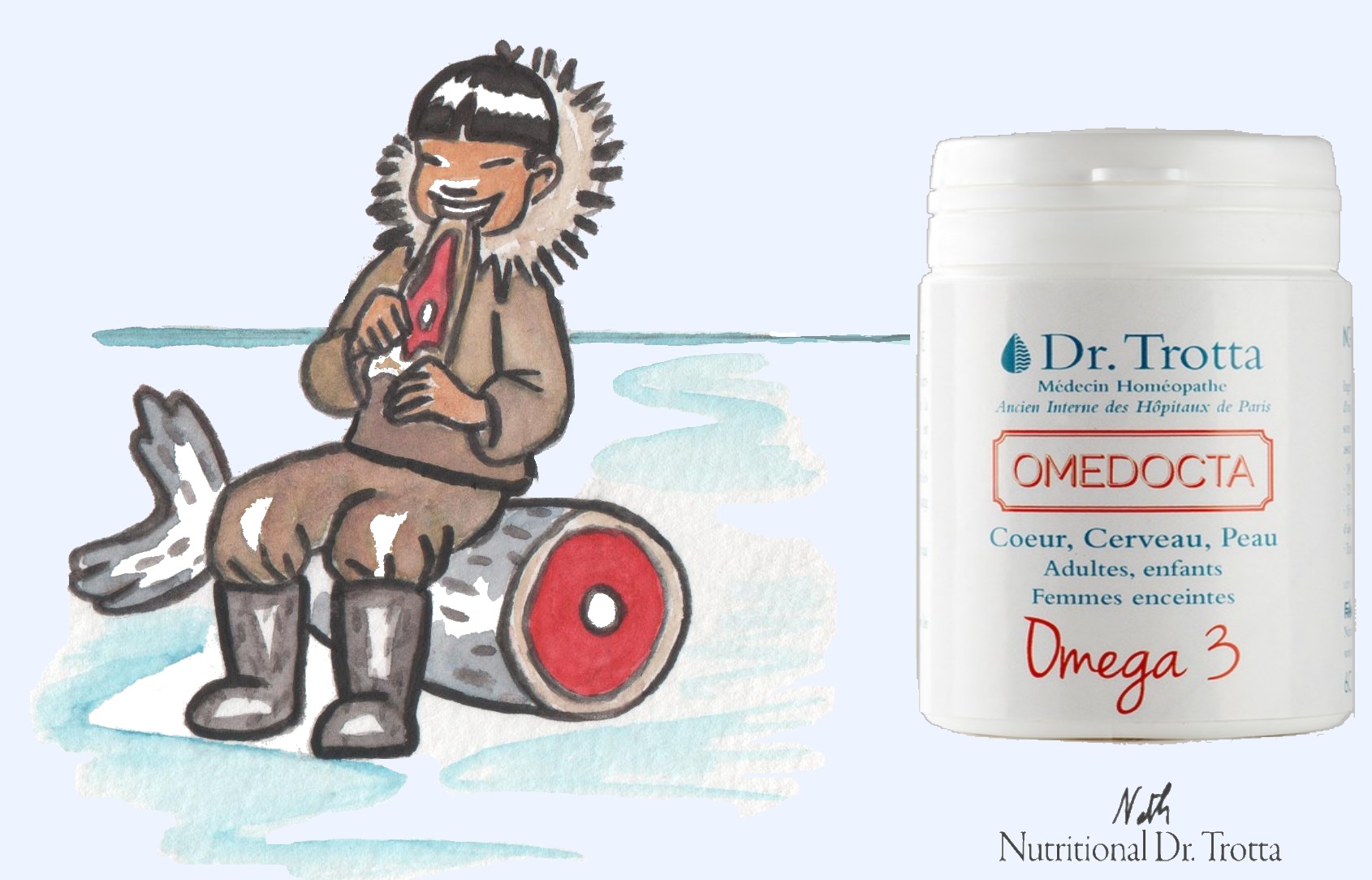 Half my patients eat hardly any little blue fish, which is a mistake. Many can’t stand it. In this case, I recommend :
Half my patients eat hardly any little blue fish, which is a mistake. Many can’t stand it. In this case, I recommend :
– OMEDOCTA 2 capsules a day. These capsules contain oily fish oil and omega-3 fatty acids which facilitate the work of insulin and thus prevent and treat diabetes.
If you are overweight, I recommend
– DRENADOCTA which will help you to lose weight naturally and gradually, thanks in particular to Dr. Trotter’s Dr Trotta’s evening micro-jeun.
If you have digestive problems, take
– PRODOCTA 1 capsule a day, to balance your intestinal flora. The combination of PRODOCTA and OMEDOCTA will improve your intestinal tract and help balance your diabetes over the long term.
For more personalized advice, you can consult Dr. Trotta personally.
– or remotely via telemedicine
– or on site at the Institut de Médecine Naturelle in San Sebastian, Basque Country
Dr Pascal Trotta,
Former intern at the Hôpitaux de Paris, Specialist Physician, Radiologist, Homeopath, Founder of the San Sebastian Institute of Natural Medicine
Paseo de los Fueros 3, 20005 San Sebastián, Basque Country
Request an appointment for a consultation with Dr Trotta
– on site.
– online.
Order Dr Trotta’s natural supplements:
– or by calling 05 54 54 44 43
– or on the online site: Dr Trotta’s laboratory
Need more information and to meet Dr. Pascal Trotta?
Make an appointmentAlso read
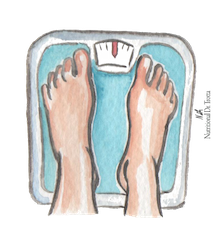
Dr Trotta's evening slimming-detox micro-fasting
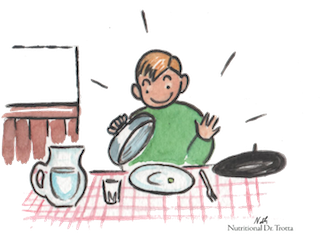
Fasting for healing
